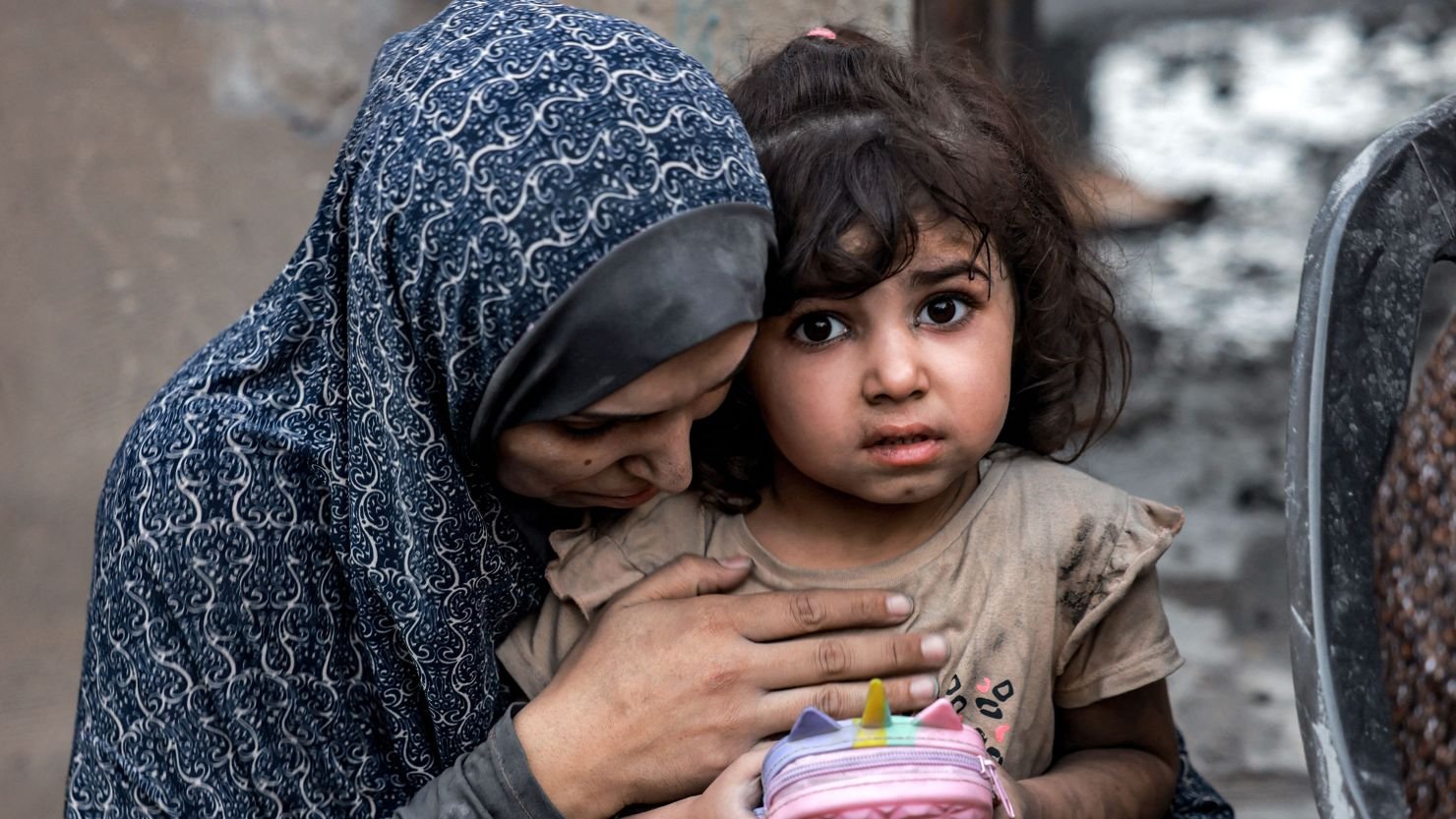Introduction

Caption: “On the frontlines: real people living through a global crisis.”
Global crises—whether climate disasters, conflicts, pandemics, or economic shocks—often dominate headlines with statistics and geopolitical narratives. But behind every number are communities with names, emotions, and stories that rarely make the news. In this feature, DailyReport brings you the voices from the ground: ordinary people facing extraordinary challenges.
We traveled (or connected remotely) to three communities across continents, each grappling with a different crisis. Through their eyes, we explore daily survival, resilience, fear, small triumphs, and hopes for the future.
1. City Z, Flooded and Forgotten
Background
City Z in Southeast Asia faced its worst flood in decades after unprecedented monsoon rains. Thousands were displaced, homes submerged, and crops devastated.
Amina’s Story

“We woke at 3 AM to water creeping under the door,” Amina, a subsistence farmer and mother of three, tells us.
“In four hours, everything I’d worked for was gone.”
She describes packing food into plastic drums, climbing onto the roof with her children, and waiting for rescue boats.
Local Response
Volunteers in canoes delivered emergency supplies. Yet red tape delayed aid; “by then, most people had waded miles to reach shelter,” Amina says.
Long-Term Impact
Fields remain underwater even weeks later. Seeds rot; goats drown. With no income, families eat three meals every two days.
2. Mountain Village V, Air Pollution Crisis
Background
In Northern Hemisphere area with coal-powered plants and industrial smog, school closures and health warnings have become a grim norm.
Rajiv’s Story

“My kids cough constantly. They can’t play outside, and no one wants to stay in masks 12 hours a day,” says Rajiv.
He explains how he converted his phone into a remote classroom and handed masks to neighbors—but the haze still seeps in.
Health and Education Toll
Lung infections spiked 30% this season. Local clinics overflow, supplies dwindling. Air purifiers cost three months of income.
Community Action
Residents built scarecrows in rice husks to absorb particulates—and petitioned companies to install filters.
3. Border Town B, Displaced by Conflict
Background
Border Town B, nestled between two warring countries, now shelters thousands fleeing violence. Makeshift camps crowd public buildings.
Fatima’s Story

“We walked 48 hours with nothing but hope. I lost my sister on the way,” she says softly.
Her mobile phone photo reel shows bullet-riddled buildings and nights spent in muddy tents.
Struggles and Solidarity
Vaccination drives by NGOs saved children from measles. Local volunteers carry baby formula. Still, food queues stretch daily.
Psychological Blight
“Kids see gunfire and cry in nightmares,” says a counselor operating out of a repurposed school.
4. Comparing the Crises: Shared Challenges
Across each community:
- Lack of infrastructure delays relief.
- Health and hygiene are immediate concerns.
- Children lose education.
- Women bear extra burden—water, cooking, first aid.
- Hope and community emerge amid despair.
5. Expert Commentary
We consulted humanitarian experts to contextualize these stories.
Dr. Elena Ruiz, disaster response specialist:
“Flood-prone areas need renewable, resilient infrastructure, not just emergency tents.”
Prof. Chen Li, environmental health researcher:
“Air pollution is a slow-moving crisis—reports show chronic illness remains undertracked.”
Mr. Antoine Mbeki, refugee and migration analyst:
“Conflict displacement spans years. Short-term camps become semi-permanent slums without planning.”
These experts emphasize that local voices must drive solutions—not top-down interventions alone.
6. What’s Being Done—and What Needs to Change
Infrastructure Upgrades
- Flood: Elevated houses, levees, community-based early-warning systems.
- Pollution: Clean energy incentives for factories, affordable air filters.
- Displacement: Legal recognition, sanitation, schooling, micro-loans in camps.
Local Empowerment
Programs providing seeds, air monitors, portable solar lamps, counseling sessions.
Policy & International Support
- Amina’s community received grants but needs long-term infrastructure funding.
- Rajiv’s region wants government air quality regulations enforced.
- Border Town B needs legal pathways, education access for displaced children.
7. Affected Community Voices (Expanded)
Amina’s Hope
“If we build the raised granary—two feet above water—we survive next time.”
She organizes neighbors to rebuild—even rebuilding a community school.
Rajiv’s Persistence
“Our children deserve better than e‑learning in haze. We deserve fresh air.”
He co-founded a parent volunteer group testing local air daily.
Fatima’s Future
“When I tell my baby she is safe, I want that to be true.”
She collects documentation to register for an NGO microloan for small tailoring work.
8. Lessons for the Rest of the World
Local Solutions Scale Globally
Grants for raised structures could save thousands in other flood zones.
Data Matters
Setting up air monitors and maps empowers environmental advocacy.
Forced Migration as Prolonged Displacement
Integrate displaced populations—education, jobs, service support.
Conclusion & Call to Action

Listening to local voices transforms statistics into human responsibility. We must support these communities with more than headlines:
- Donate to verified local organizations.
- Lobby local and national governments for infrastructure resourcing.
- Amplify these voices—share their stories beyond clicks.
Question to Readers:
How can your local community become better prepared? Share your thoughts below.


